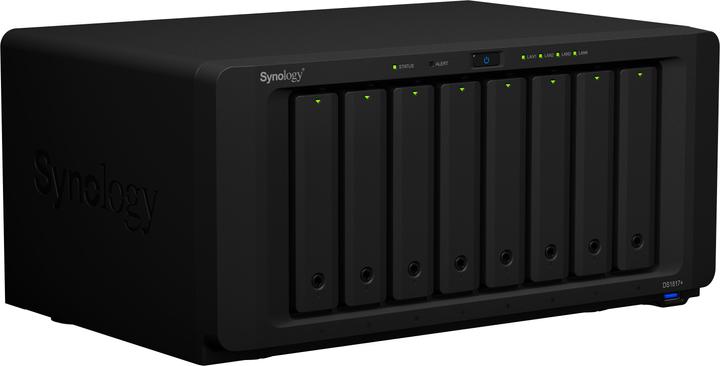
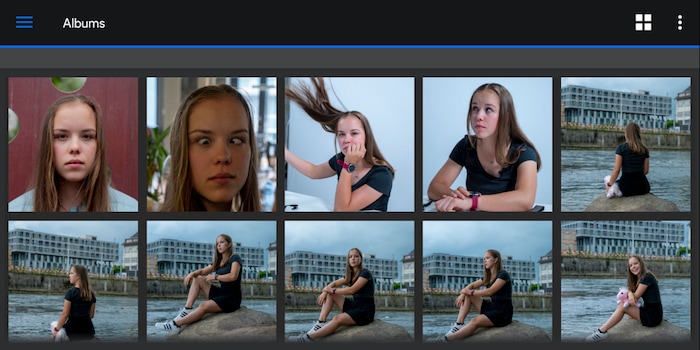
NAS on the move: The Synology App Suite review round-up
Network Attached Storage is not only accessible from a PC or Mac. Manufacturers have developed an app for practically every use case. A look at Synology's apps shows this: The companies have not always gone to great lengths or put much thought into them.
The main advantage of storing data on your NAS over a cloud is that you do not relinquish data sovereignty. No large corporation that somehow thinks it needs to change its terms and conditions or whose security precautions are simply bypassed can interact with your data. That's nice.
The problem is that you can't access your data from anywhere. Because NAS - large hard drives that are connected to your network - are traditionally "PC things". Clouds should finally bring the whole event to your mobile devices. The apps for my Synology DS1817+ are a fixture on my phone, as I often handle data that I don't trust Google, Apple and Dropbox with. For this article, however, I want to send data to biathlete and young journalist Vivienne Sommer as an example
.
Of course, NAS manufacturers have recognised this. This is why manufacturers such as Synology have developed mobile apps that enable their users to make the leap from Windows, macOS or Linux to Android or iOS. These apps are kept simple, split up according to function and keep the functionality lean. A counterpart to the mobile app must be running on the NAS for this to work.
DS File: The must-have
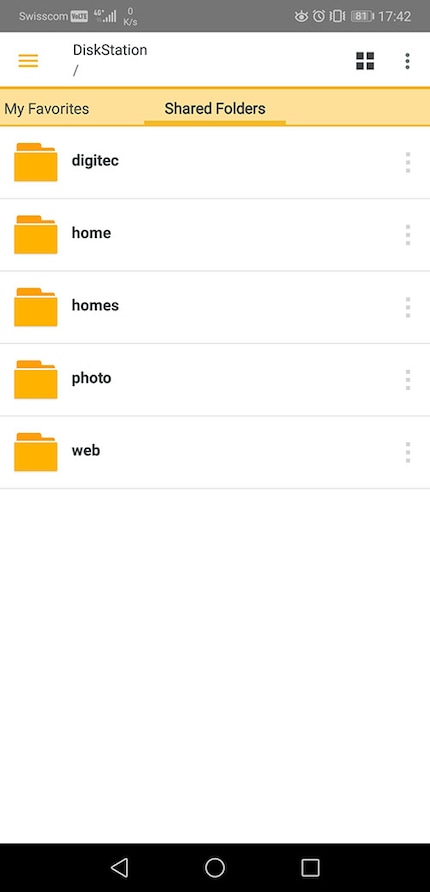
DS File is the one app you must have
DS File (Android and iOS) is the only app you really need for Synology NAS users. Not that the other apps are all rubbish, but if you want to have access to the Bitzli Cloud, then this is the one app you need.
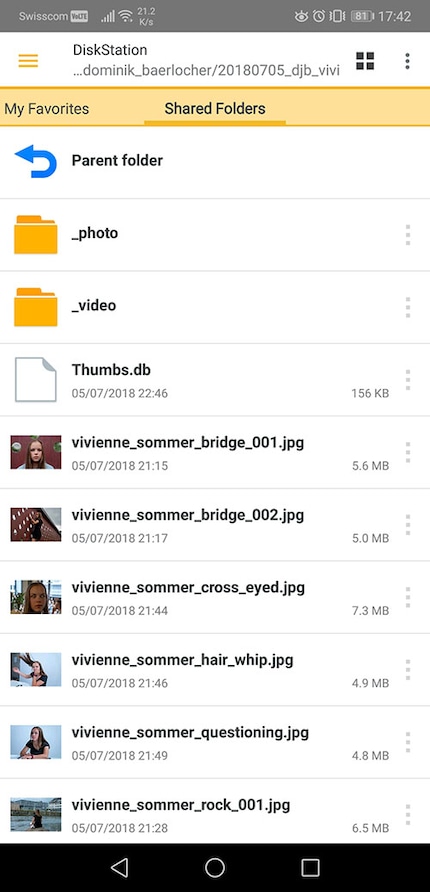
DS File takes over the function of the File Station on your NAS. You can use it to manage, download and upload your data on the NAS.
The best feature: sharing files
The data management is not really practical. The feature I use the most by far is data sharing. Let's say I want to send a photo to Vivienne. I have three options.
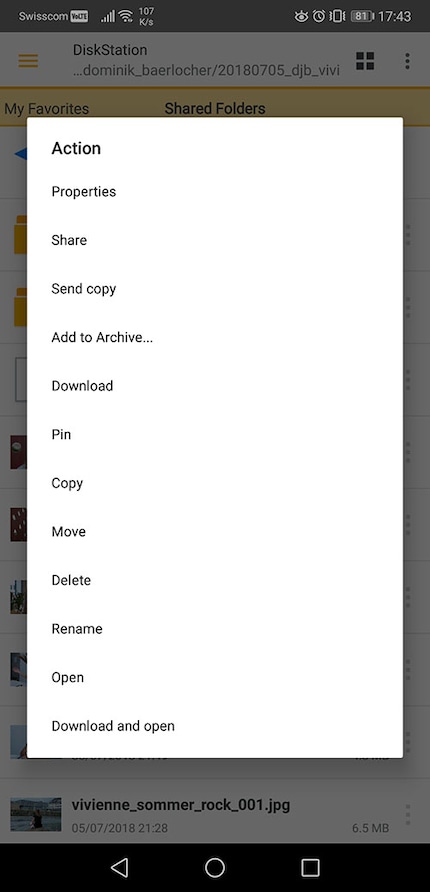
Send Copy and data sharing is the best feature of DS Files
- I make her an account on the NAS
- I use the "Send Copy" option
- I send her a public link
With the public link, I can set the validity period of the link. This is an attribute that I recommend to everyone for every sharing process. Because Vivienne will probably want to view her picture in the next 24 hours. So it doesn't help me if I make the link valid indefinitely. I can also be sure that any data leak will be closed after 24 hours at the latest if I don't notice it before then.
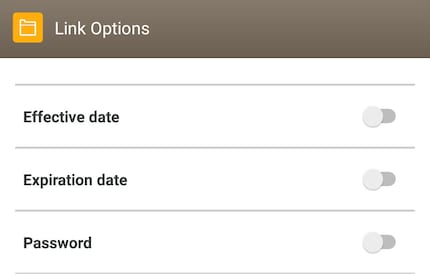
DS Photo: Pretty but cumbersome
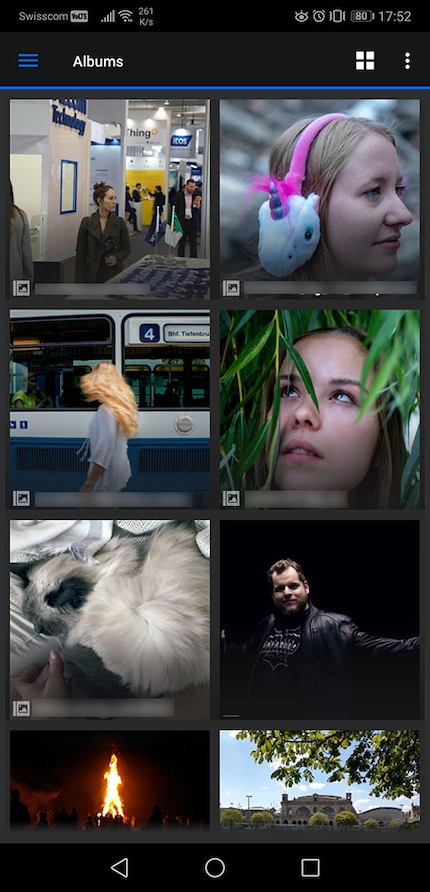
DS Photo (Android and iOS) is a stripped-down version of DS File, but looks prettier.
The app only focuses on photos and other files that you have stored on the NAS in the NAS app Photo Station and organised in albums.
The feature: View pictures
DS Photo is most useful when you want to view pictures on your phone or tablet. The gallery view is stylish, but in terms of user experience it is inferior to DS File. Too many clicks are required if you want to share a picture. Both sharing options that you know from DS File - send a copy or send a link - are included in DS Photo.
However, with DS File this is easier as the options are less well hidden. In DS Photo, the options are all provided at the top right in the three-dot menu.
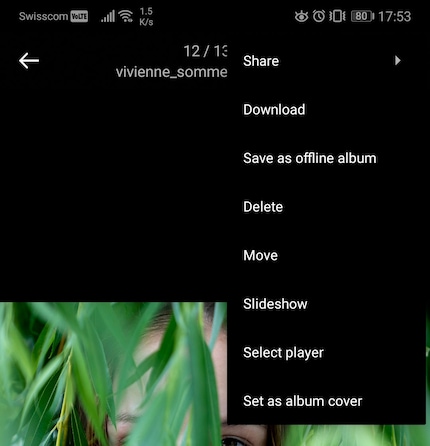

DS Video
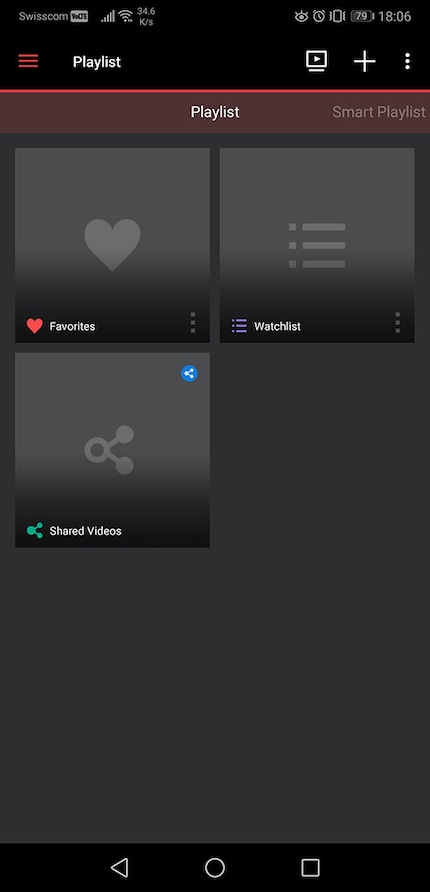
With DS Video (Android and iOS), Synology wants to make life difficult for its large and open competitor Plex. Native apps are generally better suited to interpreting media on a storage device, but this is where DS Video loses out. Because where Plex doesn't need to run on the storage where the data is stored, DS Video has to rely on the resources of the NAS.
Because the Synology DS1817+ only has a 2.4GHz Quad Core CPU and 8GB RAM, this is not enough to run a video streaming platform. Plex can run on another machine that comes with better specs - a NUC, for example - and only has to rely on the speed of the network.
Populating the film list on the NAS alone takes far too long. Under Plex, this takes around 30 seconds on the NUC. On the NAS with the NAS app Video Station it takes more than 15 minutes.
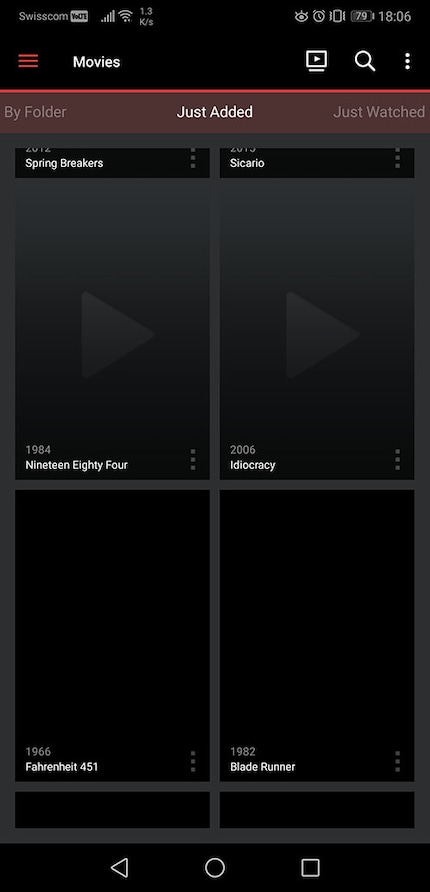
This screen will be with you forever, because caching takes forever
Therefore: skip the app. If you want to stream video files, then strap a NUC in front of the NAS and work with Plex.
DS Audio: Good or bad, depending
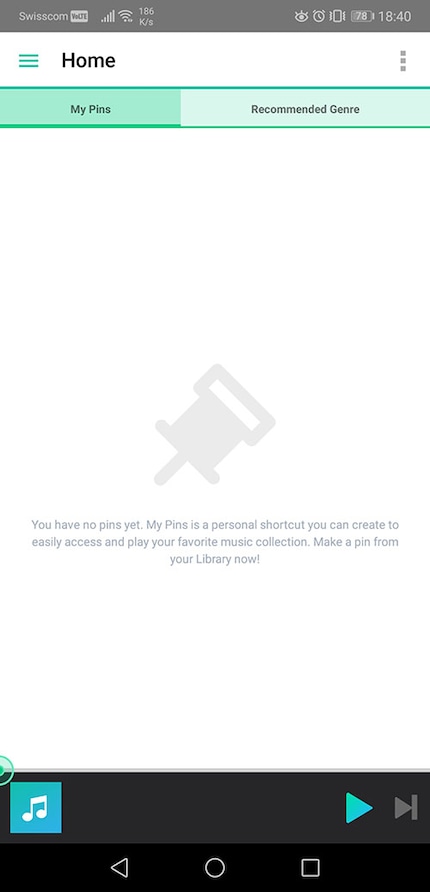
You will be greeted by a blank home screen every time
DS Audio (Android and iOS) has one problem in particular: the user experience. Okay, and then there's the matter of Spotify, Deezer, Tidal and co. Because if you have a streaming account - who doesn't? - will never need DS Audio.
The look of the app doesn't help either, especially not the empty home screen that greets you until you pin your favourites. A comparison: Take a look at Spotify.
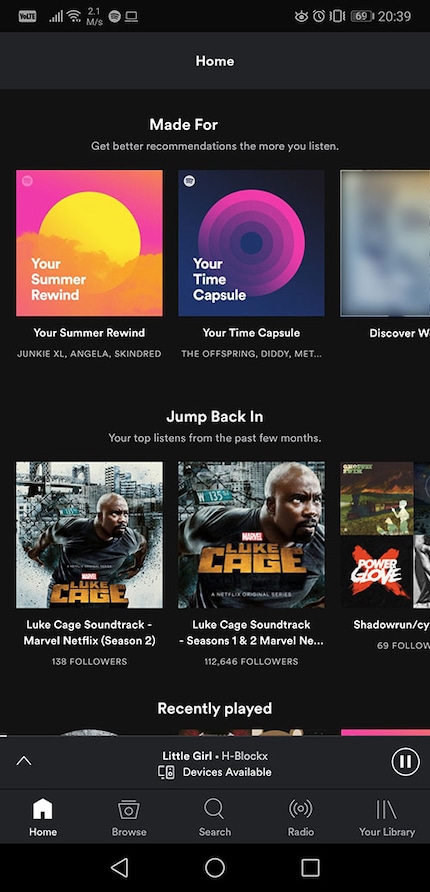
The Spotify home screen
You have a colourful selection of automatically compiled mixes, your favourite albums and stuff you never want to use anyway. I don't equate yawning emptiness with music enjoyment.
The user experience is made worse by the fact that you have to upload your music to a specific folder. That's something straight out of the 1990s. And it's not that Synology doesn't know this, because under DS Video you can freely choose the folder containing your videos.
The sharing feature is also a bit strange, because you can only send a link to the song. And this is a so-called "link from hell". It's a whopping 245 characters long. I prefer to use DS File, where the links are under 20 characters and also offer sharing options. In addition, the links from DS File are at least partially anonymised, should the link ever get out. DS Audio, on the other hand, sends your QuickConnect ID and a port. Not particularly elegant.
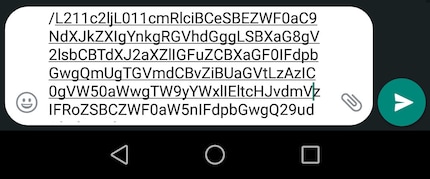
If I want to send Vivienne the link to the song via WhatsApp, it looks pretty hellish
Once you've put your music in the right place, it all works really quickly. Playback is good and solid. You can even stream music to your multiroom speakers
.
Conclusion: Solid for playing music, tricky to use and a disaster when it comes to sharing.
DS Finder: DSM on the go
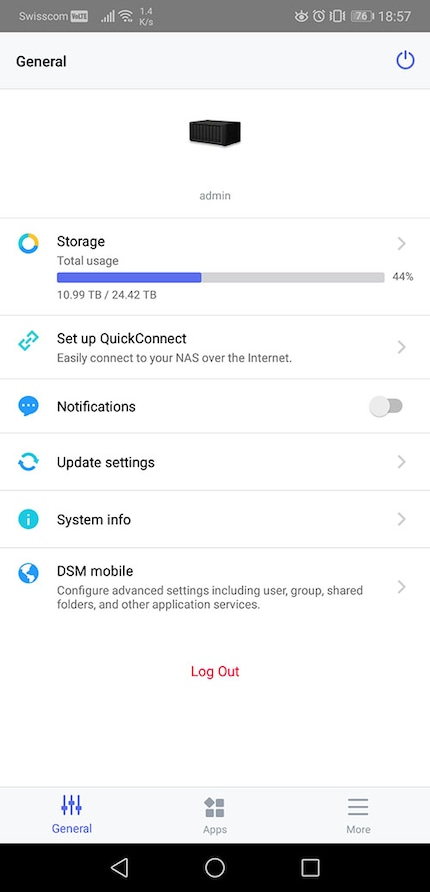
DS Finder is only for those who are travelling a lot
DS Finder (Android and iOS) is there to check the status of your NAS on the go. You can view all kinds of statistics about your device and that's all. If you want to know how much storage you have left or how healthy your disks are when you're out and about, then this is the app for you. However, the app doesn't offer any functions.

DSM Mobile is the interactive and useful part of the app
The app gets really good under the menu item "DSM Mobile", because there you can manage the settings of your NAS on the go. Users, permissions and services. Updates, groups and logging. I like that. I can simply create an account for Vivienne and she can then download the song that I was only able to send her from DS Audio as a 245-character monster. Creating an account is easier on the desktop version, but if you have to, the app is practical, straightforward and gets the job done.
One annoying aspect: When you click on "Back", you always end up on the home screen and not on the screen you just came from.
Conclusion: Really useful at second glance.
DS Cloud: The app that I don't understand
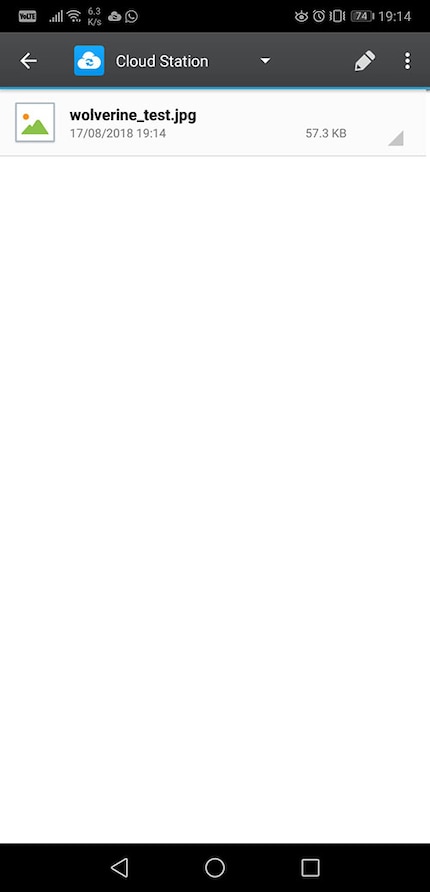
DS Cloud can't do anything that DS File can't do
DS Cloud (Android and iOS) is a strange app. I don't understand why it exists when we have great apps like DS File. Sure, DS Cloud automatically synchronises data from the smartphone to the NAS, but I still have to move the file to a folder on the mobile device. I can just as easily move the file to the NAS folder with DS File.
Conclusion: An app that the world doesn't need. But the word "cloud" certainly sounds good in the app portfolio.
DS Drive: And yet it works
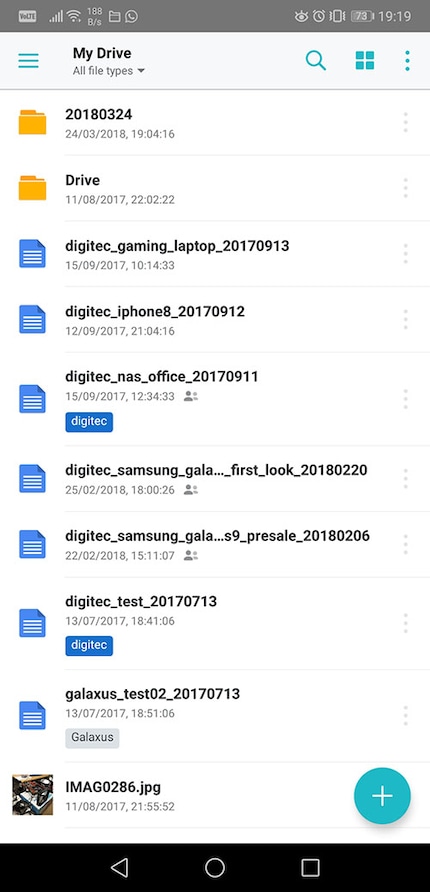
All features of the Synology drive in the palm of your hand
Finally, the useful version of DS Cloud: DS Drive, also known as Synology Drive (Android and iOS). Also good in the app's portfolio. Some marketing people at Synology are certainly happy about the great buzzwords they can use. But the app is very useful, looks smart and has power. It synchronises data between your NAS and your phone, can edit documents under Synology Docs - I'll call it the equivalent of Google Docs on the NAS for now - and upload data with a single click. The app is also faster than DS Cloud, has more modern menus and the sharing options also come with all the features you know from DS File.
That's what I call good work.
The Synology App Suite is sometimes more, sometimes less good, but if this little tour through the manufacturer's apps has proven one thing, it's that your NAS no longer has to be just "some PC thing".
Journalist. Author. Hacker. A storyteller searching for boundaries, secrets and taboos – putting the world to paper. Not because I can but because I can’t not.
